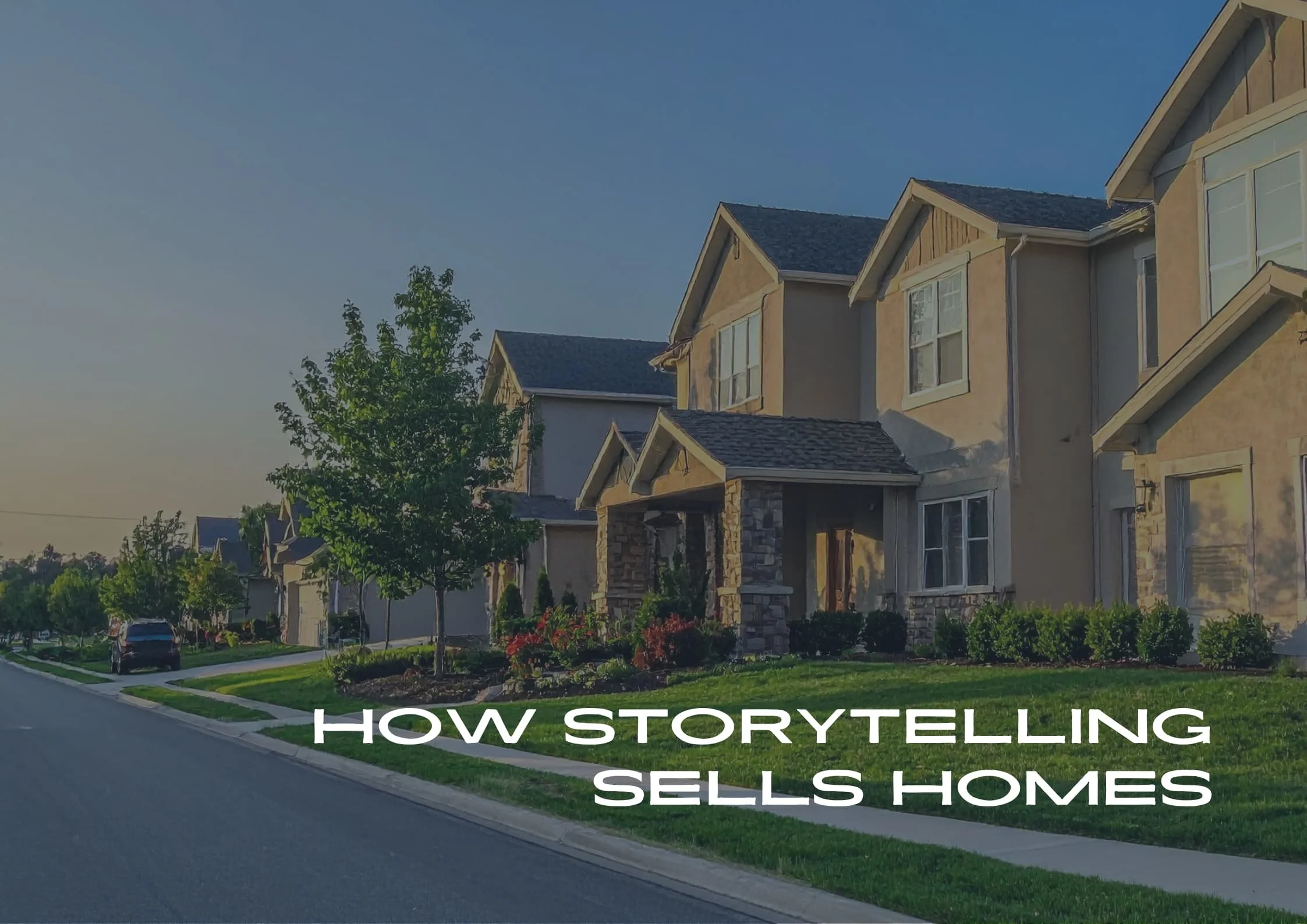How Storytelling Sells Homes
Real estate storytelling in property marketing to attract and engage home buyers.
People don’t just buy houses; they buy the lifestyle properties promise. Storytelling helps prospective buyers imagine themselves living there, which in turn motivates them to act.
Start with a pain point
Good copy begins by acknowledging buyer pain points, for example, long commutes or cramped living spaces. Once readers feel understood, you can present your property listing as the solution.
Turn features into benefits
Features tell; benefits sell. Rather than listing a ‘modern kitchen’, explain how it makes family gatherings a joy or saves time and energy on weeknight meals. If a home is close to major freeways and thoroughfares, highlight the time saved on commuting and the extra hours spent with family and friends.
Paint a picture
Stories are engaging because they help readers visualise. Describe morning sunlight in the living room, kids playing in the backyard or evening walks to nearby restaurants. This narrative brings emotion into the equation and keeps readers interested.
Use a conversational tone
Write as if you’re talking to a friend. Avoid jargon and speak directly to the reader using ‘you’ and ‘we’. A conversational style helps build trust and helps people relate.
Edit ruthlessly
Once you’ve poured out your story, refine it. Remove unnecessary words, strengthen your adjectives and ensure every sentence serves a purpose. Strong headlines and clear calls to action guide readers toward booking a viewing.
Storytelling is a powerful tool in real estate marketing. By turning features into benefits and engaging with the reader’s imagination and emotion, you help buyers form a connection.
If you work with prestige properties, understanding luxury real estate branding is essential. Here’s a full breakdown.
FAQs: How Storytelling Sells Homes
Q: How can storytelling make real estate blog posts more engaging?
Storytelling transforms property marketing from a list of features into a compelling narrative. Instead of simply describing a home, you paint a picture of the lifestyle it offers, the morning light in the kitchen, the family gatherings in the garden, or the quiet retreat of a master suite. These emotional touchpoints help readers imagine themselves living there, which drives stronger connections and enquiries.
Q: Why is storytelling important for real estate agents and agencies?
In a competitive market, facts and figures alone rarely stand out. Storytelling helps agents and agencies differentiate their marketing, showcase their brand personality, and build trust with buyers. It creates a human connection, which is often what convinces buyers to take the next step.
Q: What are some effective storytelling techniques in real estate marketing?
Focus on lifestyle benefits, not just property features.
Use descriptive language to create sensory experiences.
Incorporate the history or unique character of the property.
Share community highlights to position the property within its environment.
Q: Can storytelling improve SEO for real estate blogs?
Yes. Google rewards content that’s original, engaging, and keeps readers on the page. Storytelling naturally makes blogs longer, richer in context, and more shareable — all of which improve search engine rankings.
Q: How can agents start using storytelling in their content?
Start by identifying the buyer persona you’re targeting, then write with that audience in mind. Use anecdotes, descriptive detail, and emotion-driven language. Over time, consistent storytelling across listings, blogs, and social media will strengthen your overall brand presence.
Need help crafting stories that sell? Get in touch HERE to see how professional copywriting can transform your listings.
Related Reading


